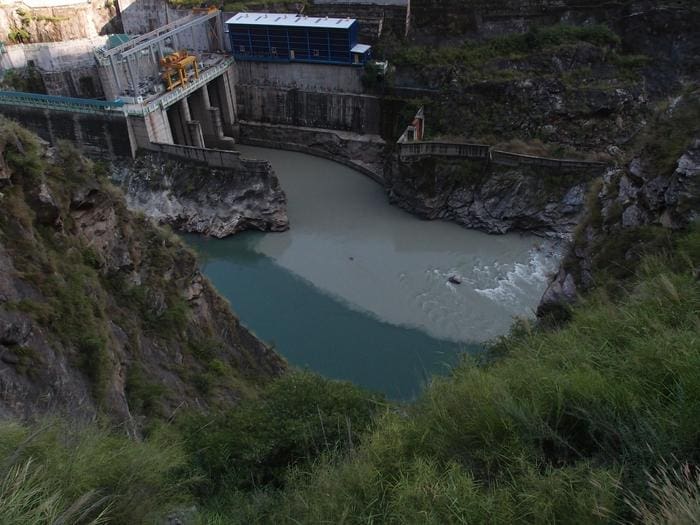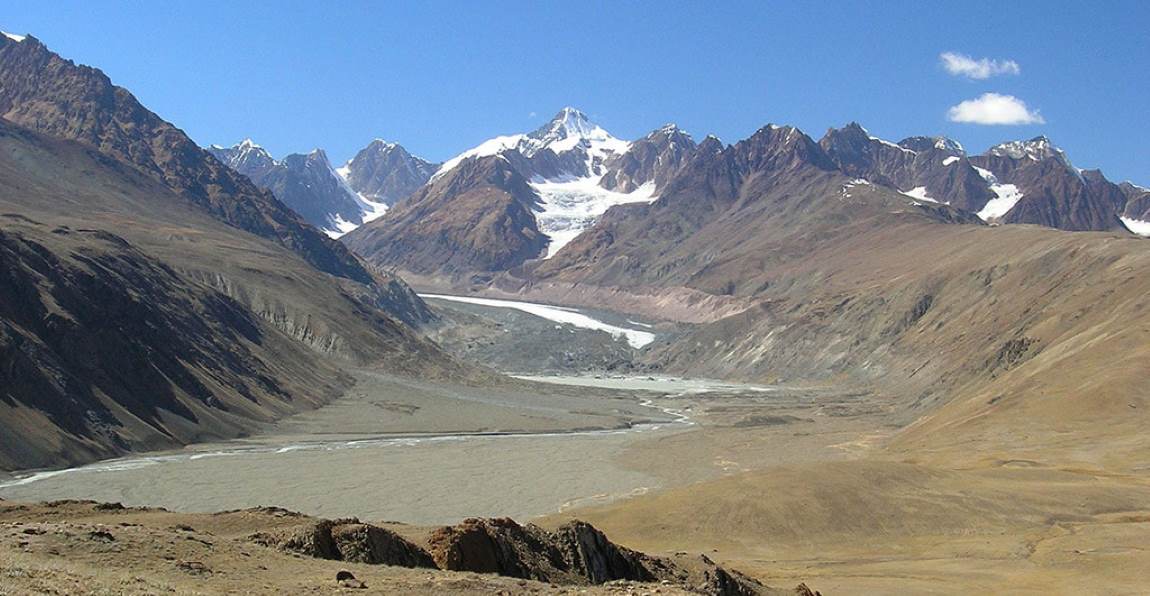Asian high-mountain rivers are transporting significantly more sediment downstream than they did just a few decades ago, with profound implications for agriculture, water quality, flood management, and hydropower generation.
A recent study involving the University of Potsdam has highlighted how glaciers, vegetation, precipitation, and slope dynamics interact to influence sediment transport in these regions. The researchers stress the need for a comprehensive, basin-wide approach to climate change adaptation in these high-altitude ecosystems.
Bodo Bookhagen, professor of geological remote sensing at the University of Potsdam, co-author of the study, emphasized the dramatic differences in sediment yield between glaciated and glacier-free river basins.

“The specific sediment yield in catchments with high glacial cover is on average an order of magnitude higher than glacier-free basins and appears overall higher in Asia’s glacierized catchments than those reported for the European Alps, the Andes, or Norway,” Bookhagen explained. The increased sediment threatens downstream water quality, aquatic ecosystems, hydropower infrastructure, and agricultural systems.
The findings, published in Science Advances, are based on an analysis of 151 rivers around the Tibetan Plateau.
The study demonstrates that glaciers exert a dominant control on sediment yield, with high precipitation amplifying sediment transport in glacier-rich basins. These dynamics are especially pronounced in regions such as the Eastern Tibetan Plateau and Tien Shan, where vegetation also plays a critical role. Depending on the climate zone, vegetation can either stabilize slopes or contribute to erosion, further complicating sediment dynamics.
The researchers identified two primary factors – precipitation and vegetation cover – that explain 54% of the variability in sediment yield across the studied river basins.
“Our work highlights the many competing factors in controlling the transported material in river catchments and shows that a more accurate prediction of the sediment volume should consider not only climate change, but also glacier dynamics and vegetation changes and their interactions with slope,” Bookhagen noted.
The implications of these findings extend beyond sediment dynamics. High Mountain Asia, often referred to as the Earth’s third pole, is home to vast ice reserves that serve as the headwaters for major Asian rivers. These rivers sustain biodiversity hotspots, deliver nutrients and organic carbon downstream, and support nearly one-third of the global population. Rising sediment levels could disrupt these vital ecosystems, threatening biodiversity and human livelihoods.
To better predict sediment flow and adapt to its impacts, the study underscores the importance of integrating climate models with data on vegetation and glacial dynamics. Such an approach could help address the challenges posed by sediment-induced water quality degradation, infrastructure damage, and ecosystem disruption in the face of ongoing climate change.
Journal Reference:
Dongfeng Li, Bodo Bookhagen et al. ‘The competing controls of glaciers, precipitation, and vegetation on high-mountain fluvial sediment yields’, Science Advances 10, (48) eads6196 (2024). DOI: 10.1126/sciadv.ads6196
Article Source:
Press Release/Material by University of Potsdam
Featured image: A sediment-covered glacier in the northwest Himalayas in a region where a lot of sediment is produced and transported away in the rivers. Credit: Bodo Bookhagen | University of Potsdam




